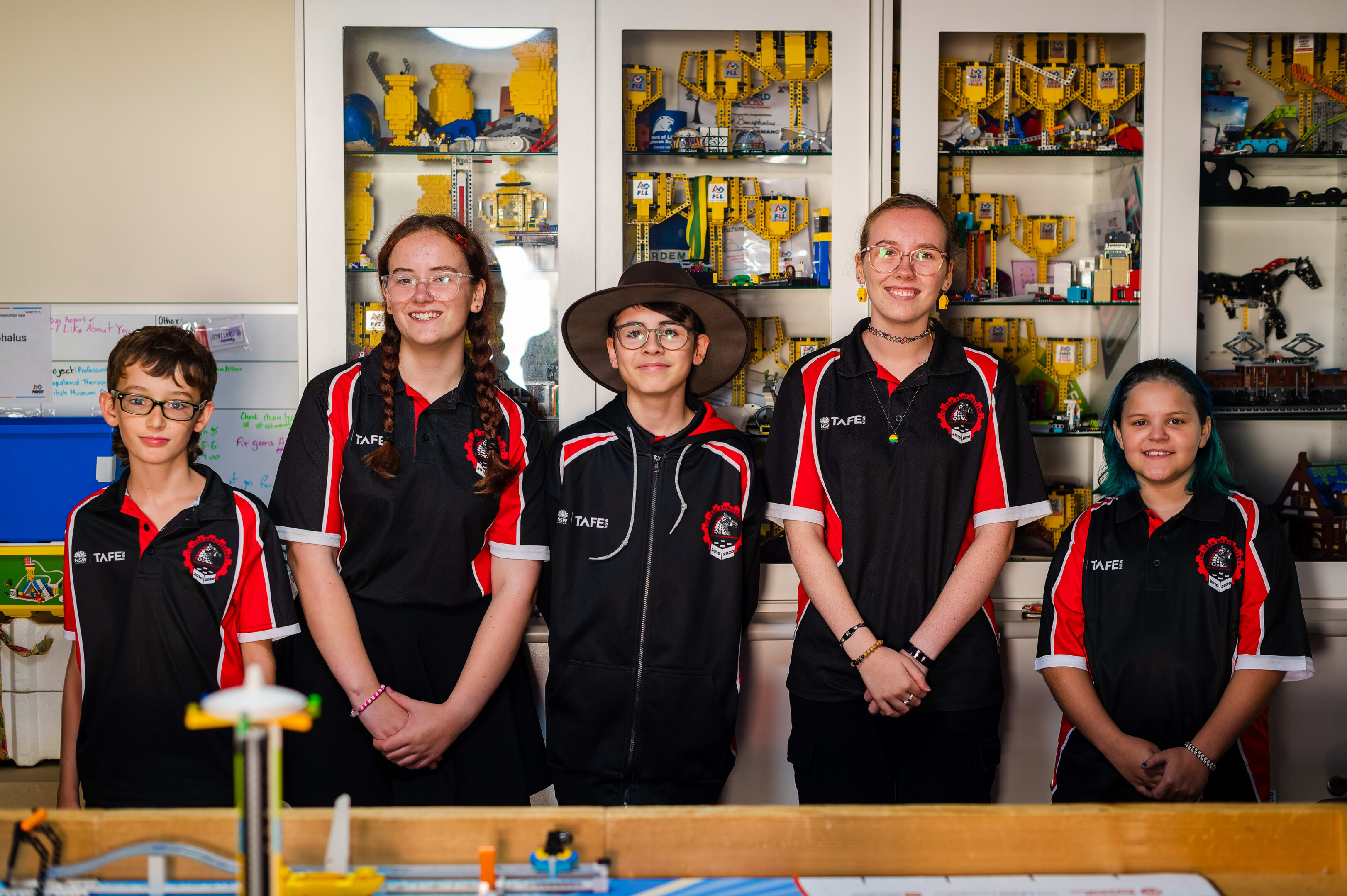4th May, 2024
The Weather Project, created by Olafur Eliasson, is a large-scale installation that was displayed in the Turbine Hall of Tate Modern, London, in 2003. The installation featured a gigantic sun rising out of a mist, creating an awe-inspiring spectacle for visitors. Eliasson used a combination of monofrequency lights, projection foil, haze machines, mirror foil, aluminium, and scaffolding to create this installation. You can find information and pictures of this exhibition on the artist’s website.
Immersive Elements
The immersive elements of this installation are incredibly clever, and yet simple, aside from the impressive scale of the experience. A fine mist produced by the haze machines filled the space with varying densities, creating depth and atmosphere. Using monofrequency lights created an artificial sun that bathed the entire space in a warm, monochromatic glow and removed all other perceptions of colour in the space. This is a technique that Eliasson has utilised in his work before. In an episode of Netflix documentary series, Abstract: The art of design, the artist notes that the removal of colour enhances the participants’ attention to the experience in other ways. The haze machines produced a fine mist that permeated the space in varying densities, creating a sense of atmosphere and depth.
A mirror running the length and breadth of the Turbine Hall ceiling allowed visitors to see themselves and the immense space around them reflected overhead. This mirrored ceiling completed the sun and doubled the hall’s dimensions, creating a sense of vastness and grandeur.
“Changing the world means changing the way we experience the world.”
Abstract: The Art of Design (2017)

Approaches, Methods & Techniques
Eliasson’s approach to The Weather Project was to create a sensory environment that would radically alter the viewer’s perception of the space. He achieved this by incorporating elements from nature and introducing them into an unexpected setting, such as a gallery. This approach encouraged the viewer to reflect upon their understanding and perception of the physical world around them.
Eliasson deliberately exposed the structure and machinery of his installations to the viewer. By making the viewer conscious of the construction, Eliasson also made them conscious of the act of perception, of being “caught in a moment of awareness”. (Tate Modern Press Release, 2003)
A deeper philosophy underpins Eliasson’s work. He is interested in making people participate, giving people a powerful experience of dimension through his artworks. He aims to establish a sense of community, of being together, of democracy (Tulika Bahadur, 2016). The creator of this piece allowed participants to interpret it and use the space as they wish, making it interesting.

Influence on Viewer/User Experience
The Weather Project was not created to push any idea or agenda on the audience, but to give them a collective opportunity to explore personal interpretations of the experience. Using monofrequency lights and haze machines created a sensory environment that was both immersive and transformative. The mirrored ceiling allowed visitors to see themselves and the surrounding space, further immersing them in the experience (Tate Modern Press Release, 2003).
Eliasson’s work turns spectators and their experience into the work of art itself, implicating the viewer in the phenomenological process of “seeing yourself seeing,” as he puts it. His emphasis on defamiliarization and demystification—on revealing for the spectator something that was previously unseen, unknown, unthought by way of revelation—turns on the interpenetration and mutual implication of subject and surrounding (Hornby, 2017).
Personal Takeaways
In conclusion, researching The Weather Project has provided me with valuable insights and inspiration for my own immersive media piece. Here are some key takeaways that I will consider:
- Embracing the space before verbalising an idea: The artist in the Netflix episode of Abstract: The art of design highlights the importance of the space before verbalising an idea. This concept of allowing room for imagination and interpretation rather than over-explaining can lead to more meaningful and creative experiences.
- Putting people first and focusing on experience: The Weather Project exemplifies the idea of creating art that is people-first and experience-driven. By prioritising the interpretation and engagement of the audience, the artist was able to create a powerful and immersive installation. Respecting humanity and allowing room for personal interpretation can enhance the impact of the artwork. I really value this approach and find it interesting for my work.
- Being intentional with the treatment of color: The extensive concern with the use of color in The Weather Project is something that resonates with me. I have closely considered the power of color in my photography work, and I aim to carry this reverence for color into my immersive media piece. By being intentional with the treatment of color, I can create a more impactful and visually engaging experience.
Overall, The Weather Project serves as a source of inspiration for my own immersive media piece. By embracing the space before verbalising ideas, prioritising the people and their interpretation, and being intentional with the treatment of color, I can create a meaningful and immersive experience for my audience.






